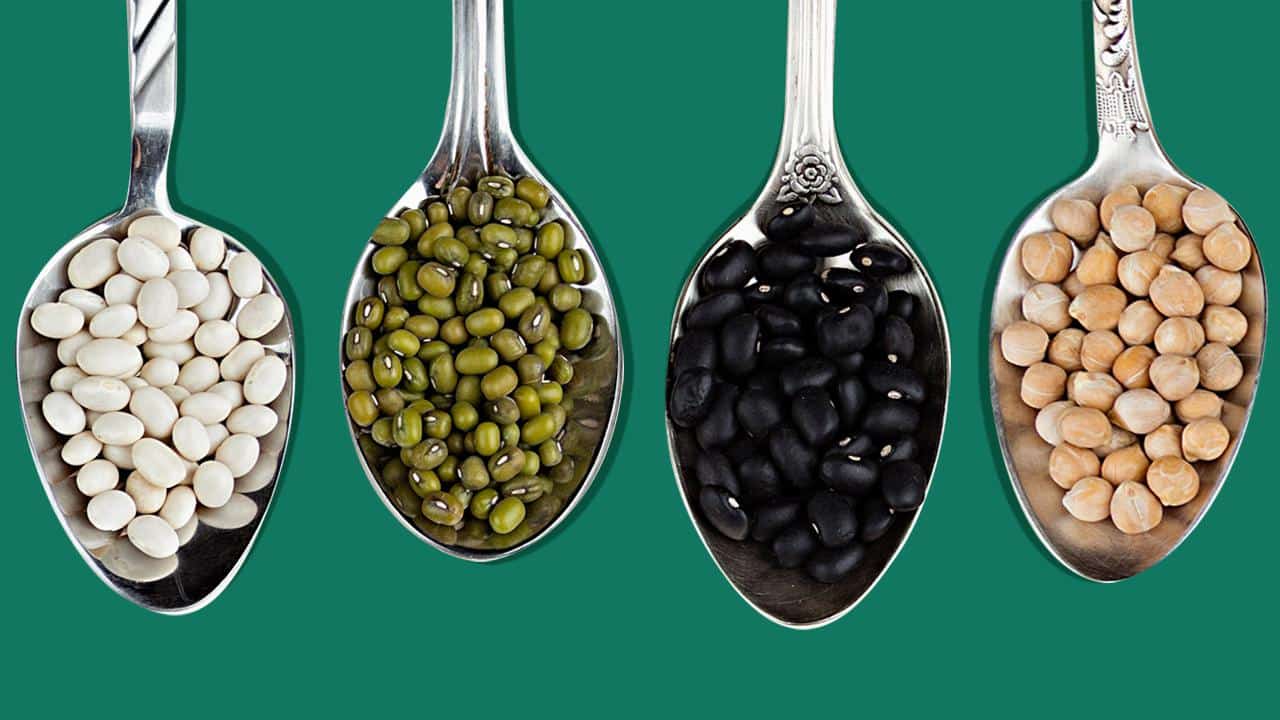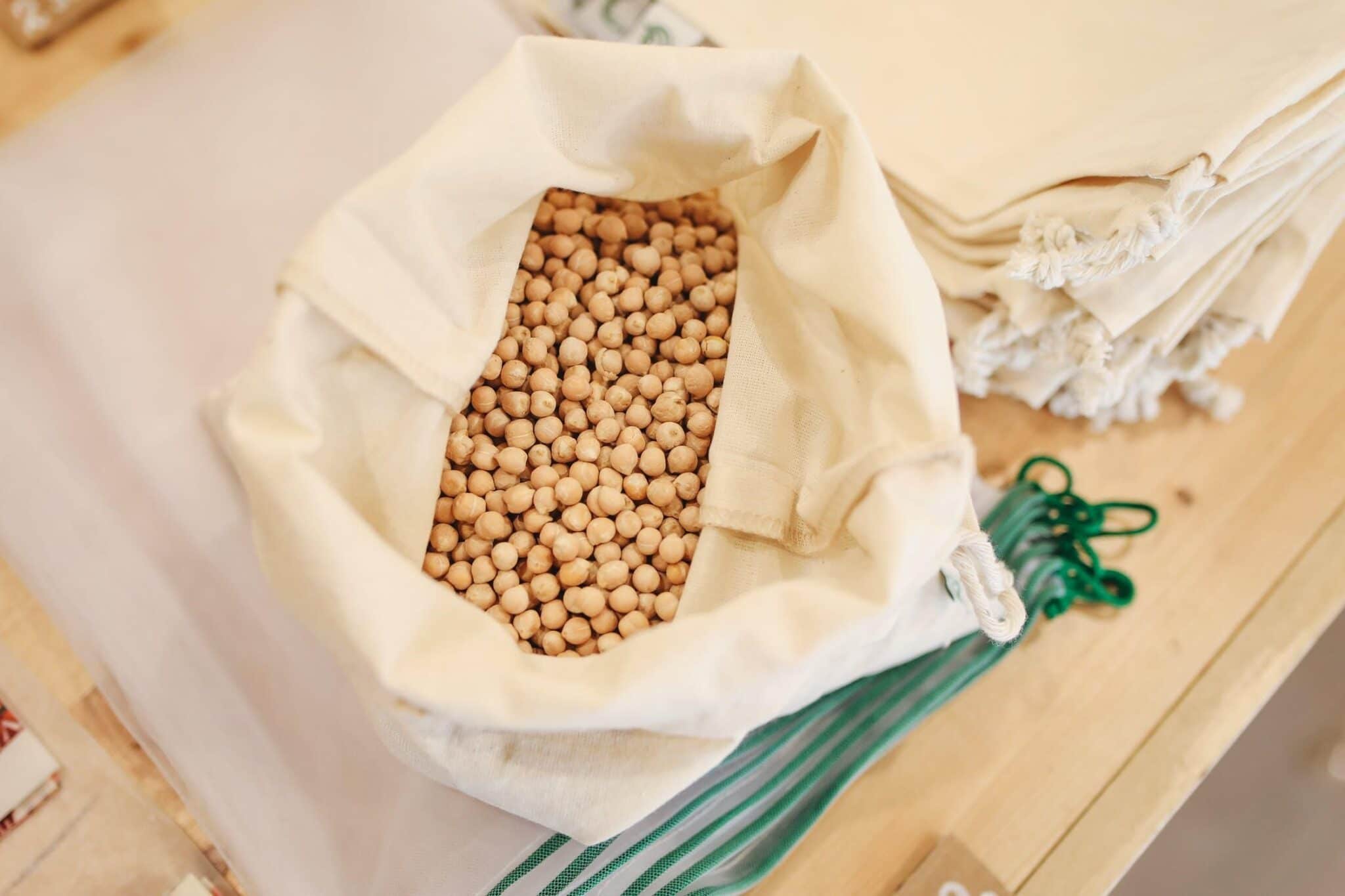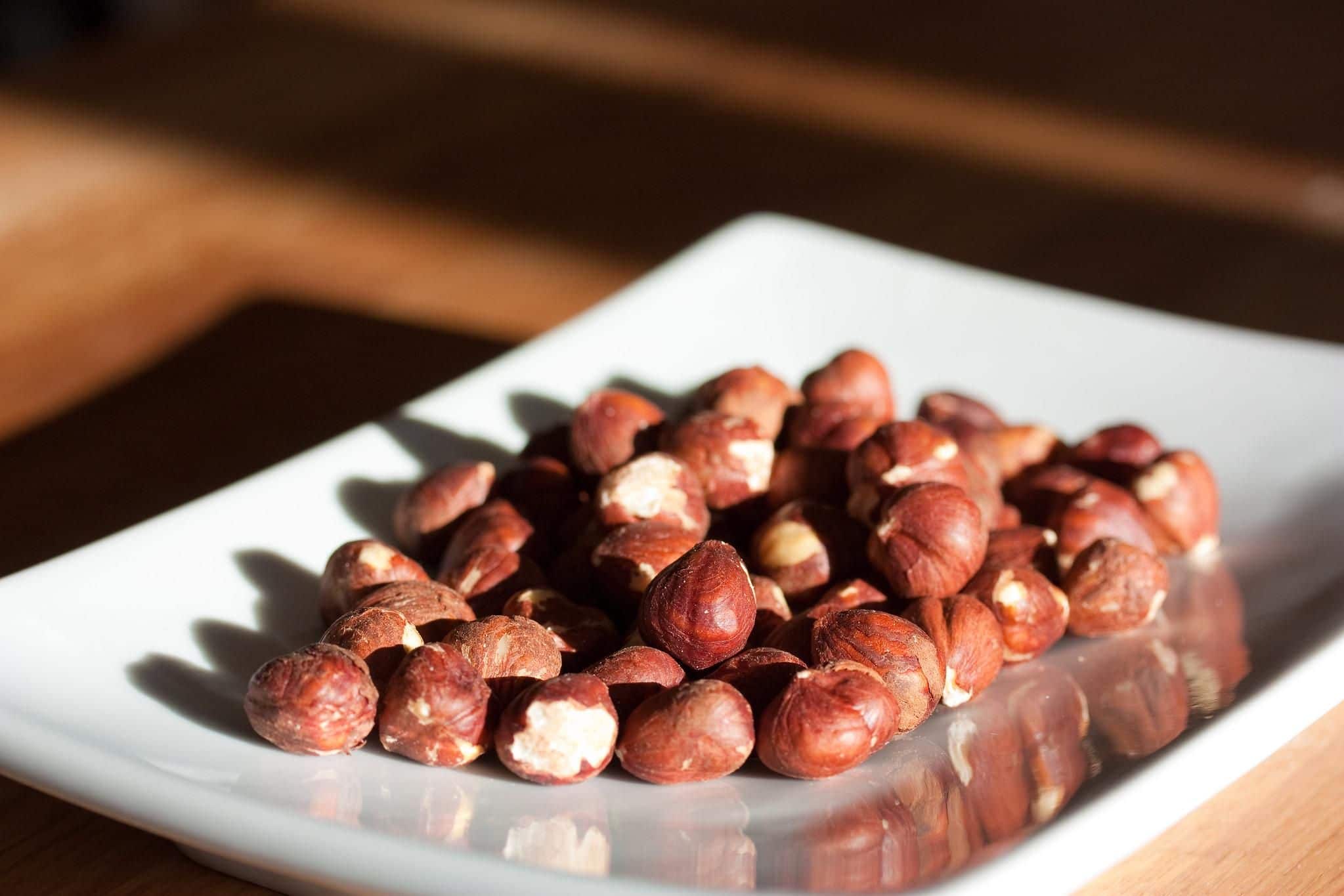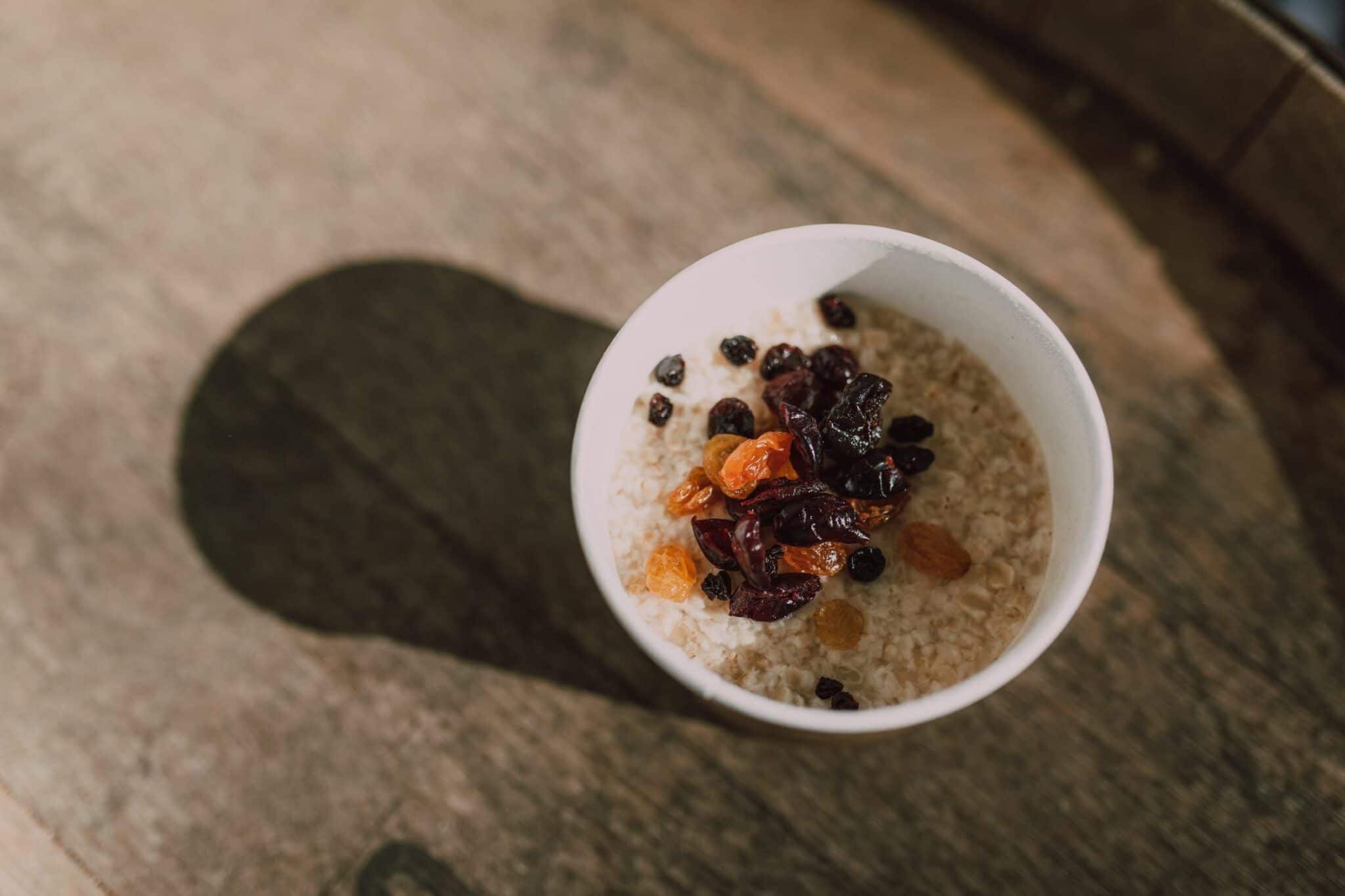

We know we need fiber, but why? Our bodies cannot digest fiber, and that’s exactly why we need it. It passes through us undigested and helps us regulate sugars, keeping hunger in check.
There are two types of fiber: insoluble fiber doesn’t dissolve in water and moves food through the digestive system, helping to prevent constipation. Soluble fibers dissolves in water and lowers glucose levels and blood cholesterol. Both types are valuable to our health, reducing risk of heart disease, diabetes, and diverticulitis. One study even showed fiber reducing the risk of breast cancer.
So which foods can you eat to keep your fiber up and your body regulated?
Beans
Pexels
Lima beans
These flat beans pack both fiber and protein. These light green beans, known also as butter beans, contain pectin, which has been shown to reduce blood sugar spikes after eating. Just make sure to soak and boil them before eating, since raw lima beans are toxic.
Edamame
These legumes are one of the few plant sources containing all the amino acids needed by our bodies. You can swap them for meat in soups and chilis or add them to salads or stir-fries to get some much-needed fiber.
Chickpeas
Known as garbanzo beans, these are most typical eaten as a hummus spread, but you can add them to sauteed meals, rice and quinoa dishes and more. They have both soluble and insoluble fiber, helping them promote gut health.
Black Beans
One cup of black beans contains 15 grams of fiber — that is twice as much as other beans, and about half of your daily required intake. They are also rich in antioxidants, so while your body is absorbing nutrients, the antioxidants are fortifying your cells.
Kidney Beans
Kidney beans are not only a great source of soluble fiber, and they also contain calcium and iron. They are a staple in chili, and are also put in other regular dishes to increase protein and complex carbohydrates in your diet.
Nuts
Veganbaking.net / Flickr / CC BY-SA 2.0
Hazelnuts
While most nuts are rich in fiber, hazelnuts provide the soluble fiber punch you might need in your diet. Almost a third of the fiber contained in hazelnuts is soluble. They can be eaten raw or roasted, but they are also ground into a paste or butter, and can be used in chocolate and other desserts. They also contain unsaturated fats, vitamin E, iron and thiamine, helping to lower bad cholesterol levels.
Tubers
Pexels
Carrots
Carrots are most known for their beta-carotene, which the body converts into vitamin A. That makes them great for your eyesight. But these orange root vegetables are high in fiber, and half of it is soluble.
Soluble fiber makes you feel fuller and can be important for weight management.
Sweet Potatoes
Another vegetable rich in beta-carotene is the sweet potato. It also contains vitamin B6, vitamin C, potassium, and, yes, fiber. Like carrots, half its fiber is soluble.
Turnips
These root vegetables contain potassium, vitamin K, calcium and vitamin C, in addition to fiber. Most of its fiber is soluble, one cup of turnips can get you almost 4 grams of it.
Seeds
Pexels
Sunflower Seeds
These salty snacks have protein, magnesium, healthy fats, iron, and antioxidants, plus soluble fiber. You can get them shelled or unshelled, and, of course, many varieties are unsalted, if you prefer. Sunflower seeds have three grams of fiber per ¼ of a cup, and one of those grams is soluble.
Flaxseed
Flaxseed is a tiny brown, yellow or golden seed that can be added to cereal or bread to give them more fiber and omega-3 fats. Throw a tablespoon of ground flaxseeds into hot cereal or smoothies for and extra 3.5 grams of fiber.
Chia Seeds
Like flaxseed, chia seeds can be sprinkled on top of cereals or smoothies for a huge fiber boost. They are also high in antioxidants and can help the body reduce inflammation. A tablespoon of the stuff will get you 5 grams of fiber.
Grains
Pexels
Oats
Oats can be eaten on their own, or added to bread, granola, pancakes, scones, even cookies and desserts. The type of soluble fiber you get from oats is called beta glucan. It reduces bad cholesterol and improves blood sugar regulation. A cup of oats contains nearly 10 grams of fiber. Four of those are soluble, and of that soluble fiber, 3.5 grams are beta glucan.
Barley
One cup of barley has 6 grams of fiber, and helps boost your cognitive function, lower cholesterol and increase the health of your gut. Like oats, the soluble fiber is beta glucan, which can reduce risk of heart disease.
Takeaway
Most people aren’t getting their recommended amounts of fiber in their diet, so keep an eye out for the above foods and integrate them into your eating habits for best health. Women need 25 grams a day, and men need up to 38 grams.
Soluble fiber in particular draws water through your intestines and can be used as a food source for the good bacteria found there.
Some easy ways to increase your intake can be replacing white rice and bread with whole-grain products and brown rice. Choose whole-grain cereals, too. Substitute beans and nuts for meat a couple of times a week. Add seeds to your baked goods. And even though they weren’t listed here, fruits and green vegetables are excellent sources of fiber as well, so add them to your diet in whole, not juiced or squeezed.
Just be careful not to add too much fiber into your diet all at once. That can upset your system and cause bloating and gas if you aren’t ready for it. Increase gradually over the course of a couple weeks, instead, for optimal results. And make sure to drink water. Water works with soluble fiber to get everything through your system.
Darlena Cunha is a freelance writer and a professor at the University of Florida, with degrees in communications and ecology.

 233k
233k  41k
41k  Subscribe
Subscribe 




